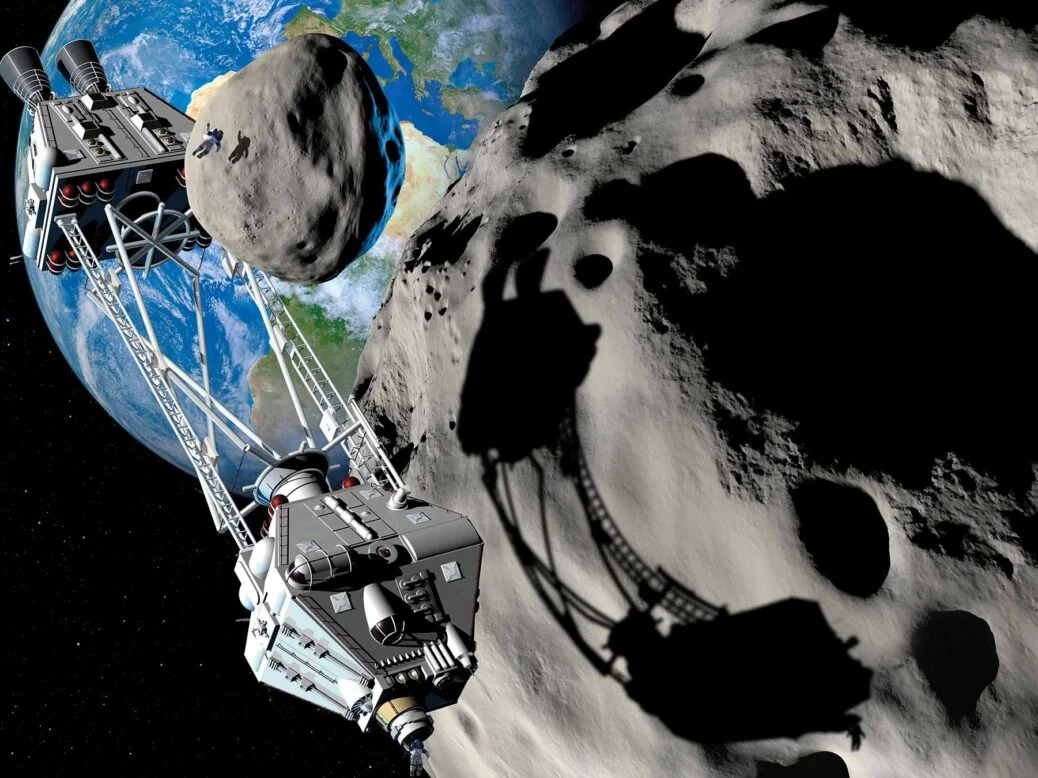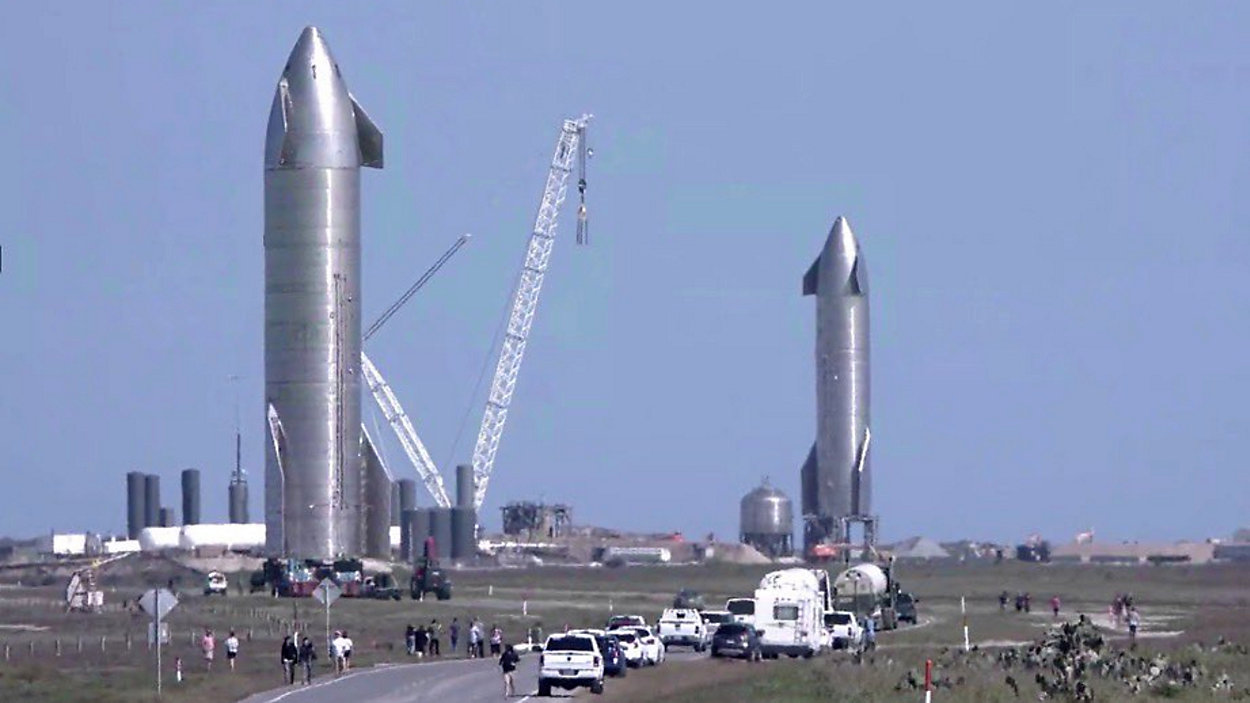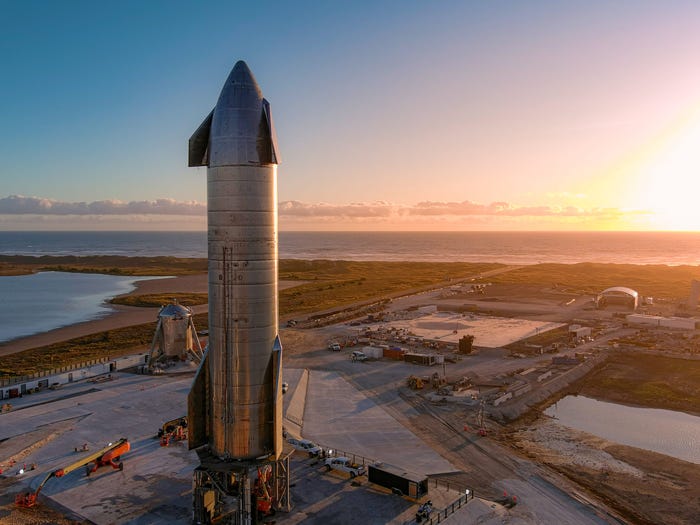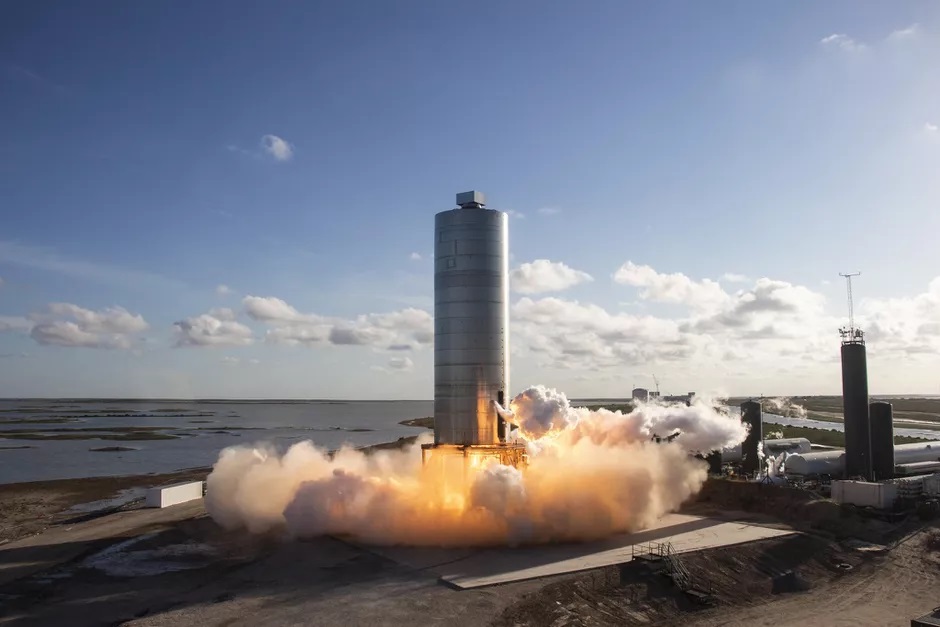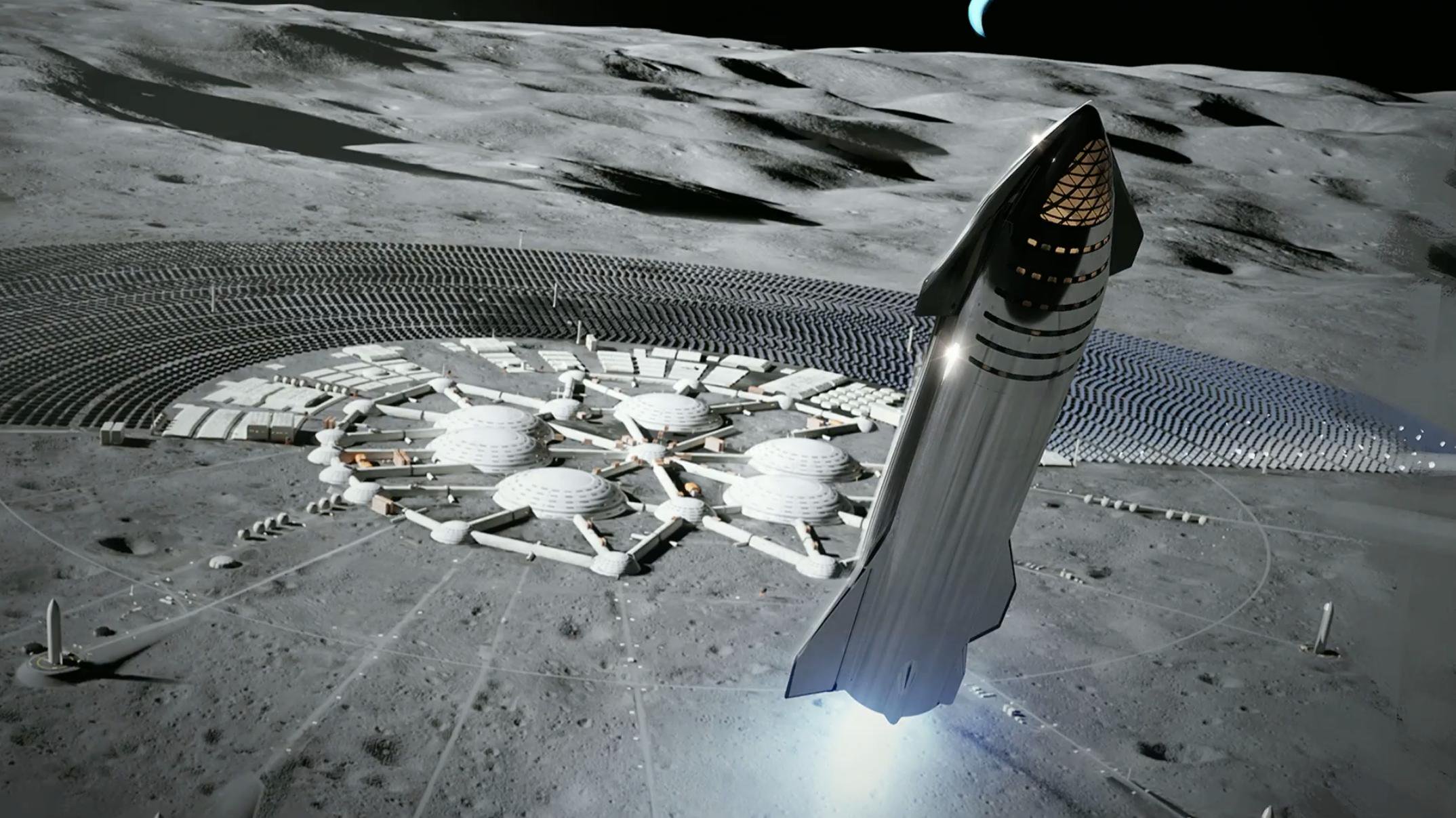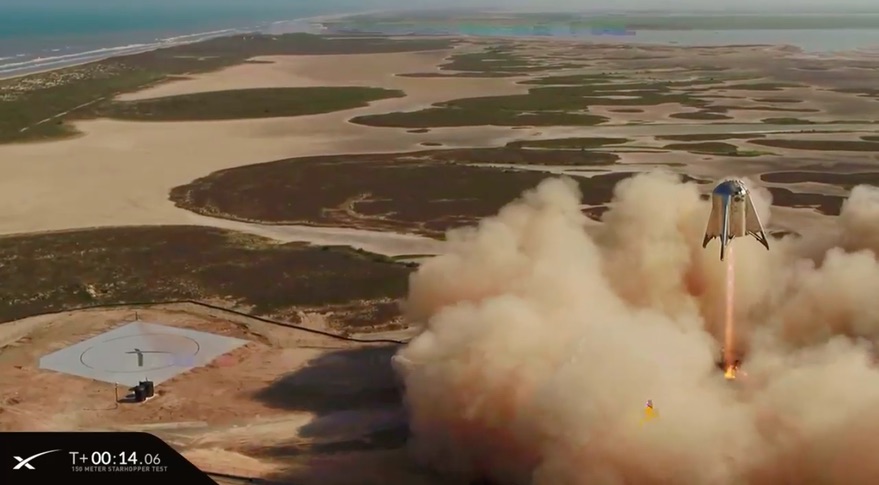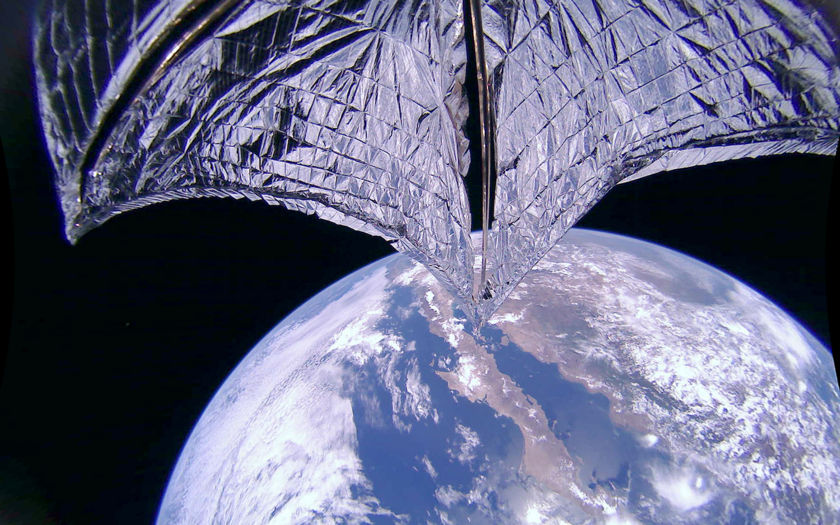by Rida Fatima
NASA (National Aeronautics and Space Administration) and DARPA (Defense Advanced Research Projects Agency) have recently announced a groundbreaking collaboration to demonstrate a nuclear thermal rocket engine in space. This technology will enable NASA’s crewed missions to Mars and marks a significant step forward in space exploration.
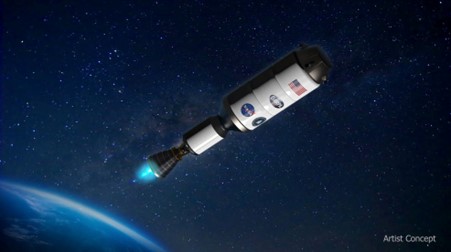
(Figure 1: Artist concept of Demonstration for Rocket to Agile Cislunar Operations (DRACO) spacecraft, which will demonstrate a nuclear thermal rocket engine. Nuclear thermal propulsion technology could be used for future NASA crewed missions to Mars. (Credits: DARPA))
NASA and DARPA Partnership
NASA and DARPA have a long history of collaboration and working together on projects that have enabled their respective missions. Moreover, NASA and DARPA’s partnership has been instrumental in advancing space technologies and achieving key milestones in space exploration. One of the notable previous collaborations between NASA and DARPA was the Saturn V rocket that took astronauts to the moon for the first time. Another collaboration between the two agencies was the in-space servicing project that focused on refuelling and repairing satellites while they were still in orbit.
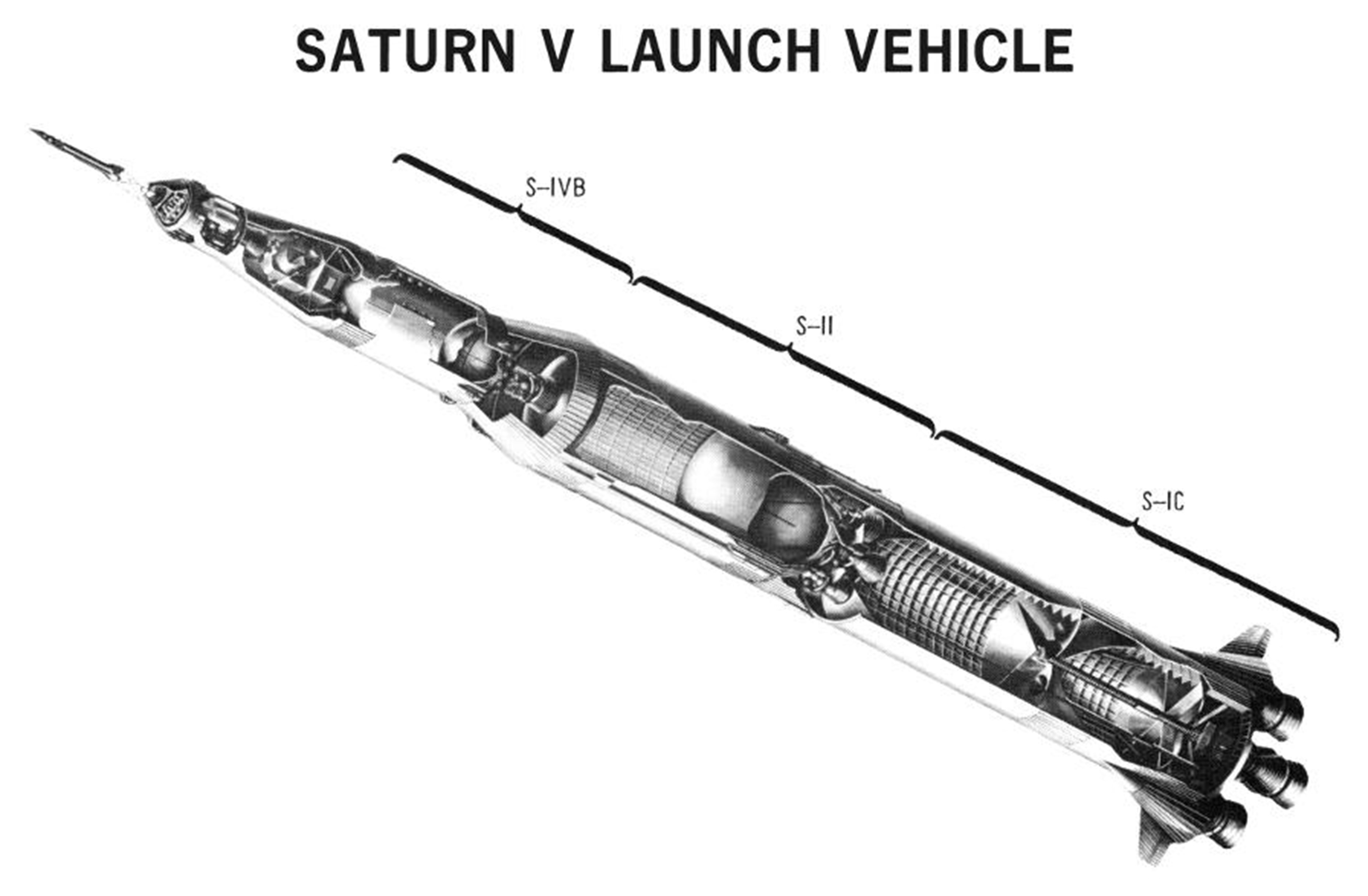
(Figure 2: Adapted from page 26 of the S-IVB Saturn High Energy Upper Stage and its Development (Douglas Paper No. 4040), located in the Saturn V collection, Dept. of Archives/Special Collections.)
Now, NASA and DARPA have announced their latest collaboration to demonstrate a nuclear thermal rocket engine in space, which will enable NASA’s crewed missions to Mars. The partnership will be through the Demonstration Rocket for Agile Cislunar Operations (DRACO) program. This non-reimbursable agreement outlines the roles, responsibilities, and processes for both agencies to speed up development efforts. The collaboration between NASA and DARPA on nuclear propulsion technology will help drive forward NASA’s goal to send humans to Mars.
Under the agreement, NASA’s Space Technology Mission Directorate (STMD) will lead the technical development of the nuclear thermal engine, which will be integrated with DARPA’s experimental spacecraft. DARPA will act as the contracting authority for the development of the entire stage and the engine, which includes the reactor. DARPA will be leading the overall program, which includes rocket systems integration and procurement, approvals, scheduling, and security. They will also cover safety and liability, ensuring the engine’s overall assembly and integration with the spacecraft. Throughout the development process, NASA and DARPA will collaborate on the assembly of the engine before the in-space demonstration, which is expected to occur as early as 2027.
The partnership between NASA and DARPA is crucial for the advancement of space technology, as the space domain is critical to modern commerce, scientific discovery, and national security. With this collaboration, the two agencies will leverage their combined expertise gained from many previous space nuclear power and propulsion projects to efficiently and quickly transport materials to the Moon and, eventually, people to Mars. The DRACO nuclear thermal rocket program will be essential for advancing space technology and enabling future missions to the Red Planet.
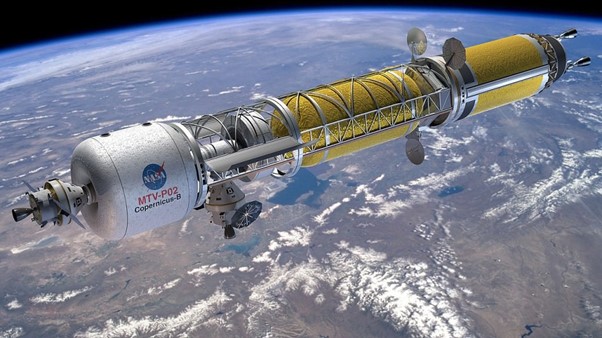
(Figure 3: Artist’s concept of a Bimodal Nuclear Thermal Rocket in Low Earth Orbit. (Credit: NASA))
Benefits of Nuclear-Powered Rocket
The use of a nuclear thermal rocket engine offers several benefits over traditional chemical propulsion systems.
- Firstly, it allows for faster transit times, reducing the risk for astronauts on long space missions. This reduction in transit time is crucial for human missions to Mars as longer trips require more supplies and more robust systems.
- Secondly, a nuclear thermal rocket engine increases science payload capacity and provides higher power for instrumentation and communication.
In a nuclear thermal rocket engine, a fission reactor is used to generate extremely high temperatures. The engine then transfers the heat produced by the reactor to a liquid propellant, which is expanded and exhausted through a nozzle to propel the spacecraft. Nuclear thermal rockets can be three or more times more efficient than conventional chemical propulsion systems, making them a more attractive option for space missions.
This new technology also supports NASA’s Fission Surface Power project and the Department of Energy’s (DOE) commercial design efforts to develop nuclear power plant concepts that could be used on the surface of the Moon and Mars. NASA and the DOE are also working on another commercial design effort to advance higher-temperature fission fuels and reactor designs as part of the nuclear thermal propulsion engine, with the goal of increased engine performance in the future.
The benefits of a nuclear thermal rocket engine are numerous and include faster transit times, increased science payload capacity, higher power for instrumentation and communication, and increased efficiency compared to traditional chemical propulsion systems. NASA and DARPA’s collaboration on the DRACO program will help to advance this technology and make crewed missions to Mars a reality.
Previous Nuclear Thermal Rocket Engine Tests
It’s important to note that the last tests of nuclear thermal rocket engines in the United States were conducted over 50 years ago. The tests were carried out under NASA’s Nuclear Engine for Rocket Vehicle Application and Rover projects. Despite these earlier efforts, the technology has advanced significantly since then and has paved the way for new developments in space nuclear technology.
One notable reference is the Rover program, which was developed during the 1960s and 70s. The program aimed to demonstrate the feasibility of using nuclear reactors to power space missions, and it was responsible for developing and testing nuclear thermal rocket engines. The project was considered a success as it was able to demonstrate the potential of the technology, but it was eventually cancelled due to budget constraints.
Another reference is the Nuclear Engine for Rocket Vehicle Application (NERVA) program. This program was also developed during the 1960s and 70s and aimed to demonstrate the feasibility of nuclear thermal rocket engines for space missions. The program was a joint effort between NASA and the Department of Energy (DOE) and resulted in the development of several prototype nuclear thermal rocket engines.
Overall, these previous efforts and the technological advancements over the past 50 years have helped lay the foundation for the current collaboration between NASA and DARPA to test a nuclear-powered rocket engine. The knowledge gained from these earlier projects has played a significant role in shaping the development of new space nuclear technology, and the DRACO program represents a significant step forward in the advancement of nuclear thermal rocket engine technology.
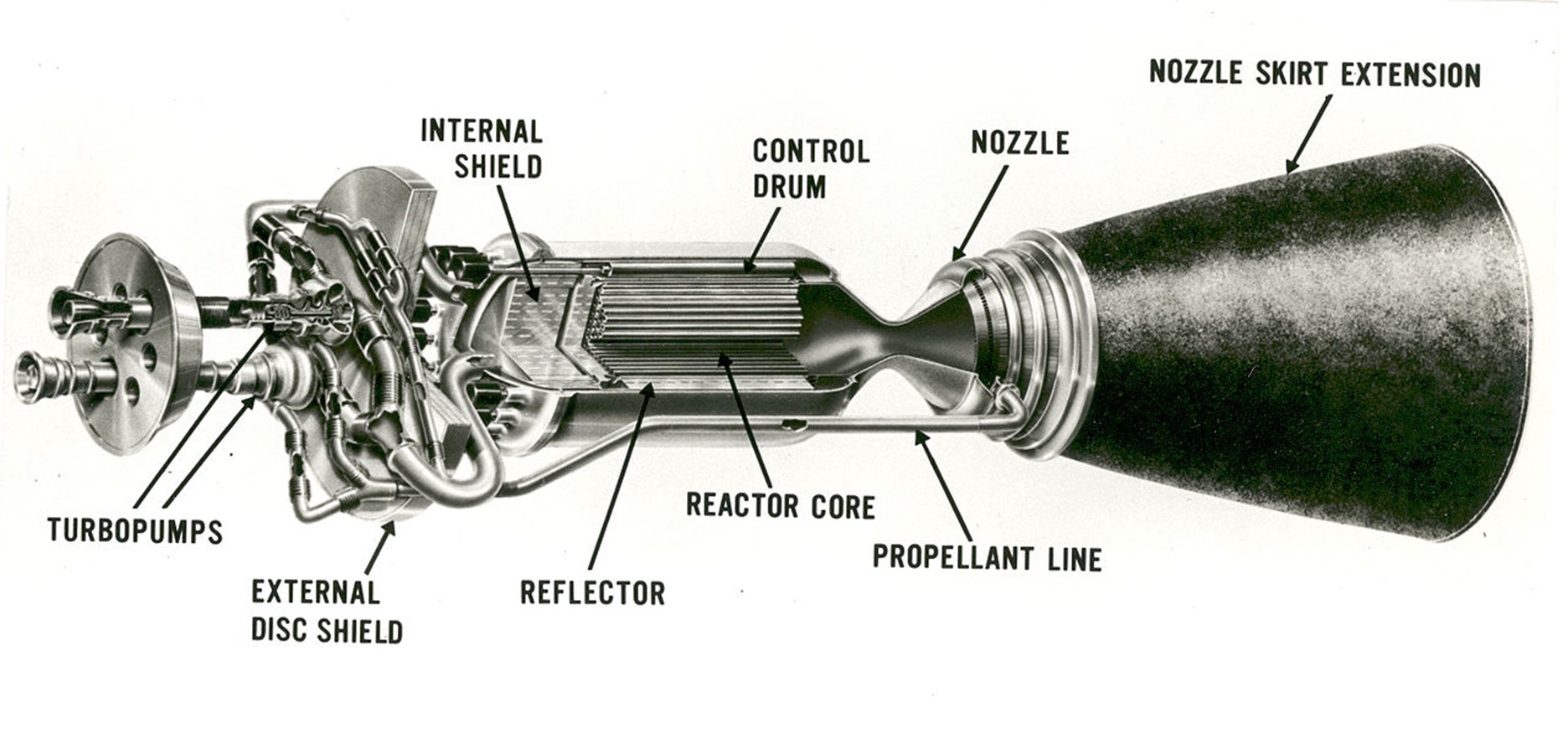
(Figure 4: This image of NERVA is from Nuclear Shuttle System Definitions Study, Phase III – Final Report – Volume II Concept and Feasibility Analysis – Part B Class 3 RNS – BOOK 2 System Definitions (1971))
NASA’s Fission Surface Power project
Moving forward, the NASA Fission Surface Power project is a joint initiative between NASA, the Department of Energy (DOE), and industry aimed at developing advanced space nuclear technologies. The project is aimed at harnessing nuclear power for space exploration and is a key component in NASA’s long-range goal for space transportation capability for the Earth-Moon economy.
As part of the Fission Surface Power project, the DOE awarded three commercial design efforts to develop nuclear power plant concepts that could be used on the surface of the Moon and, later, Mars. Advanced nuclear power plants will provide the necessary energy to support human activities and scientific missions on the lunar surface.
Additionally, NASA and DOE are working on another commercial design effort to advance higher-temperature fission fuels and reactor designs as part of a nuclear thermal propulsion engine. These design efforts are still under development and aim to support a longer-range goal for increased engine performance. The end goal is to use these advancements in fission technology to make space travel faster, more efficient, and more reliable.
The Fission Surface Power project is just one example of NASA’s commitment to developing advanced technologies that will enable humans to explore deep space. NASA’s collaboration with industry and government partners, like the DOE, ensures that new technologies are not only developed but are also tested and validated for practical use.
Overall, the NASA Fission Surface Power project represents an important step forward in the development of reliable and efficient space nuclear technologies. By harnessing nuclear power, NASA aims to enable new opportunities for human exploration and scientific discovery in deep space.
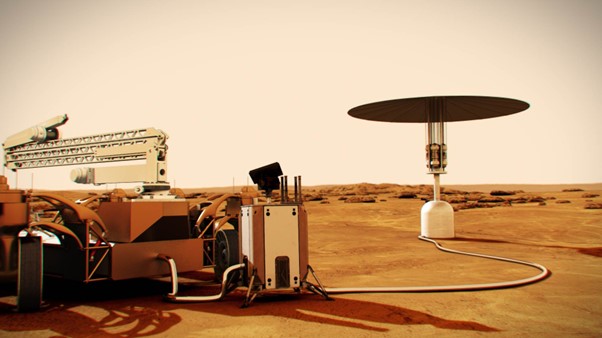
(Figure 5: Illustration of a nuclear fission power system on Mars. (Credits: NASA))
In a Nutshell…
Conclusively, the partnership between NASA and DARPA to test a nuclear-powered rocket for future Mars missions marks a significant milestone in space exploration. The use of a nuclear thermal rocket engine offers several benefits including faster transit times, increased science payload capacity, and higher power for instrumentation and communication. These advancements will play a crucial role in helping NASA meet its Moon-to-Mars objectives and establish a space transportation capability for the Earth-Moon economy. Moreover, the successful demonstration of the DRACO program could have far-reaching implications for future space exploration efforts. The nuclear thermal propulsion technology could be used for not just crewed missions to Mars but also for other deep space missions, enabling humans to journey faster than ever before. This collaboration between NASA and DARPA brings together the best of both worlds, and the successful outcome of this project will be a major achievement in advancing space technology. The future looks bright for the space industry, and with more innovations like the DRACO program, we may be able to explore even more of our universe in the years to come.
References
- Bardan, R. (2023, January 25). NASA. Retrieved from Nasa.gov: https://www.nasa.gov/press-release/nasa-darpa-will-test-nuclear-engine-for-future-mars-missions
- Harbaugh, J. (2022, August 3). NASA. Retrieved from Nasa.gov: https://www.nasa.gov/mission_pages/tdm/fission-surface-power/index.html
- Rockets, A. (2020, September 23). ProjectRHO. Retrieved from projectrho.com: http://www.projectrho.com/public_html/rocket/enginelist2.php
- Williams, M. (2023, January 27). Universe Today. Retrieved from universetoday.com: https://www.universetoday.com/159759/nasa-and-darpa-will-be-testing-a-nuclear-rocket-in-space/

